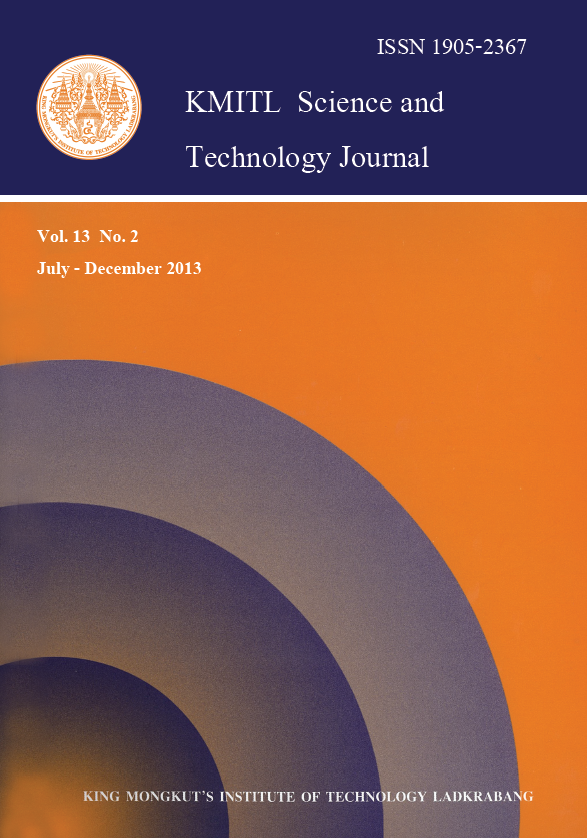This research studied the effects of temperatures on decomposition of fast biomass pyrolysis as well as the effects of biomass compositions on the quantity of pyrolytic products. The biomass used were sawdust, unwashed sugar cane bagasse, and washed bagasse (with warm water). The biomass particle sizes were less than 0.425 mm and the pyrolysis process was a continuous process with feeding time around 30-45 minutes. The temperatures studied here were in the range of 450-600oC. The preliminary study of the decomposition of these biomass were obtained by thermogravimetric analysis (TGA) and the results showed that the decomposition temperatures of the three biomass are similar and in a narrow range of 272-373oC. The lowest decomposition temperature of the unwashed-bagasse might be due to the highest amount of hemicelluloses from sugar. On the other hand, sawdust which has the highest amount of cellulose decomposes at the highest temperature. As the pyrolysis temperature increases, the amount of ash decreases while the amount of gas product increases. The highest quantity of bio-oil was achieved at the temperature of 500oC. Among the three biomass, it is likely that unwashed-bagasse results in the highest bio-oil and hence, the lowest amount of gas products. According to GC investigation, it can be observed that the majority of the gas product are methane (60-70%) and ethane (20-30%).
Keywords: pyrolysis, renewable energy, sawdust, sugar cane bagasse
E-mail: piyachat.a@buu.ac.th
Wattanachai*, P. . (2018). Effects of Biomass Types, Biomass Pretreatment, and Pyrolysis Temperature on Pyrolytic Product Yields. CURRENT APPLIED SCIENCE AND TECHNOLOGY, 72-75.

https://cast.kmitl.ac.th/articles/135476